1.Stop wasting money on unused equipment:
By knowing exactly what technology your school owns, you can identify unused or underutilized devices. This allows you to optimize resource allocation, potentially repurposing equipment and save money on unnecessary hardware purchases.
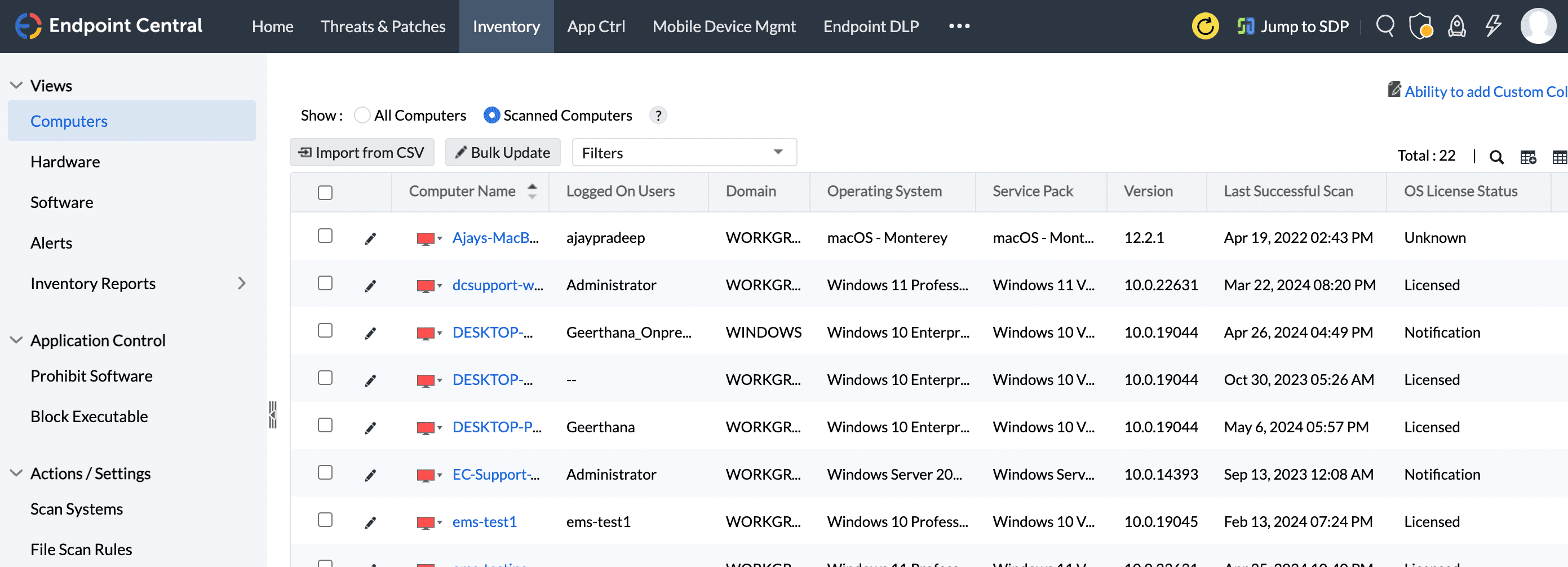
2.Extend the life of your hardware
Gaining insights into the health and performance of your devices allows for preventative maintenance. This proactive approach extends the lifespan of your equipment, significantly reducing the need for costly replacements
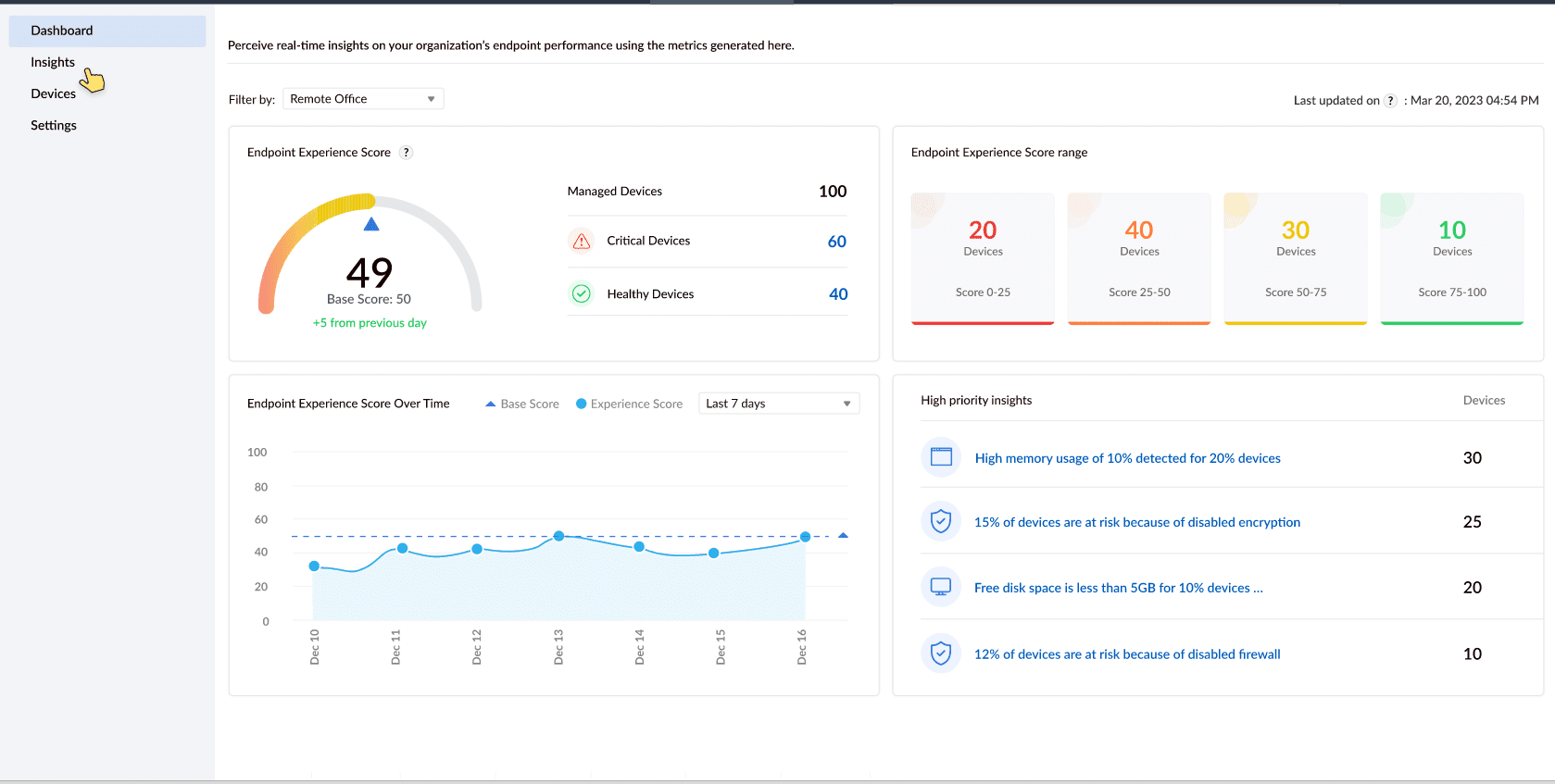
3.Ensure software license compliance to avoid penalties
Efficiently track and manage software licenses to ensure compliance with vendor agreements. If a student uses software in a way that is not permitted by the license agreement—such as by installing copies of the software on more computers than the license allows or by using the software for commercial purposes without paying for a commercial license—you could face legal consequences. This eliminates the risk of software audits or costly penalties.
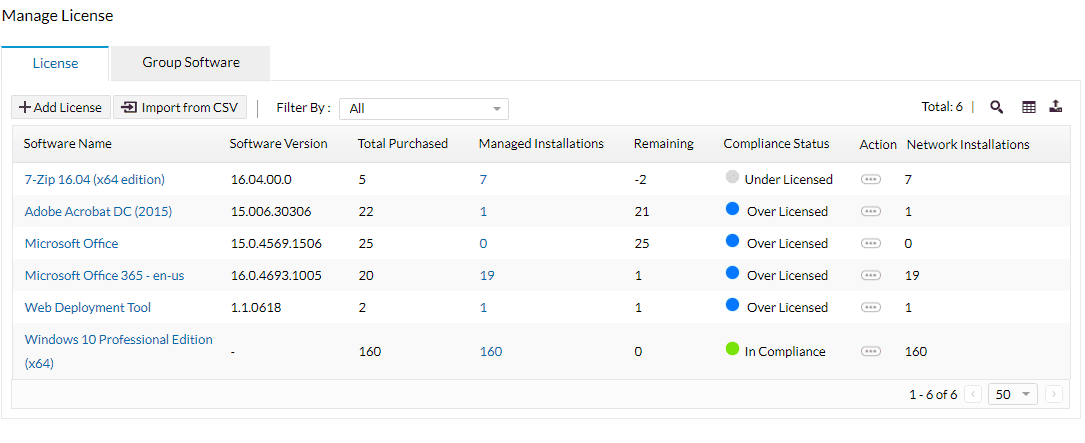
4.Don't let unused warranties expire
Don't miss out on free repairs! Endpoint Central keeps track of hardware warranties and automatically detects coverage for major brands. This ensures you get the most out of your existing warranties and avoid unnecessary maintenance expenses. Be it a crack on the screen or a malfunction of the speaker, it ensures you do not miss out on the warranty that you use to fix it.
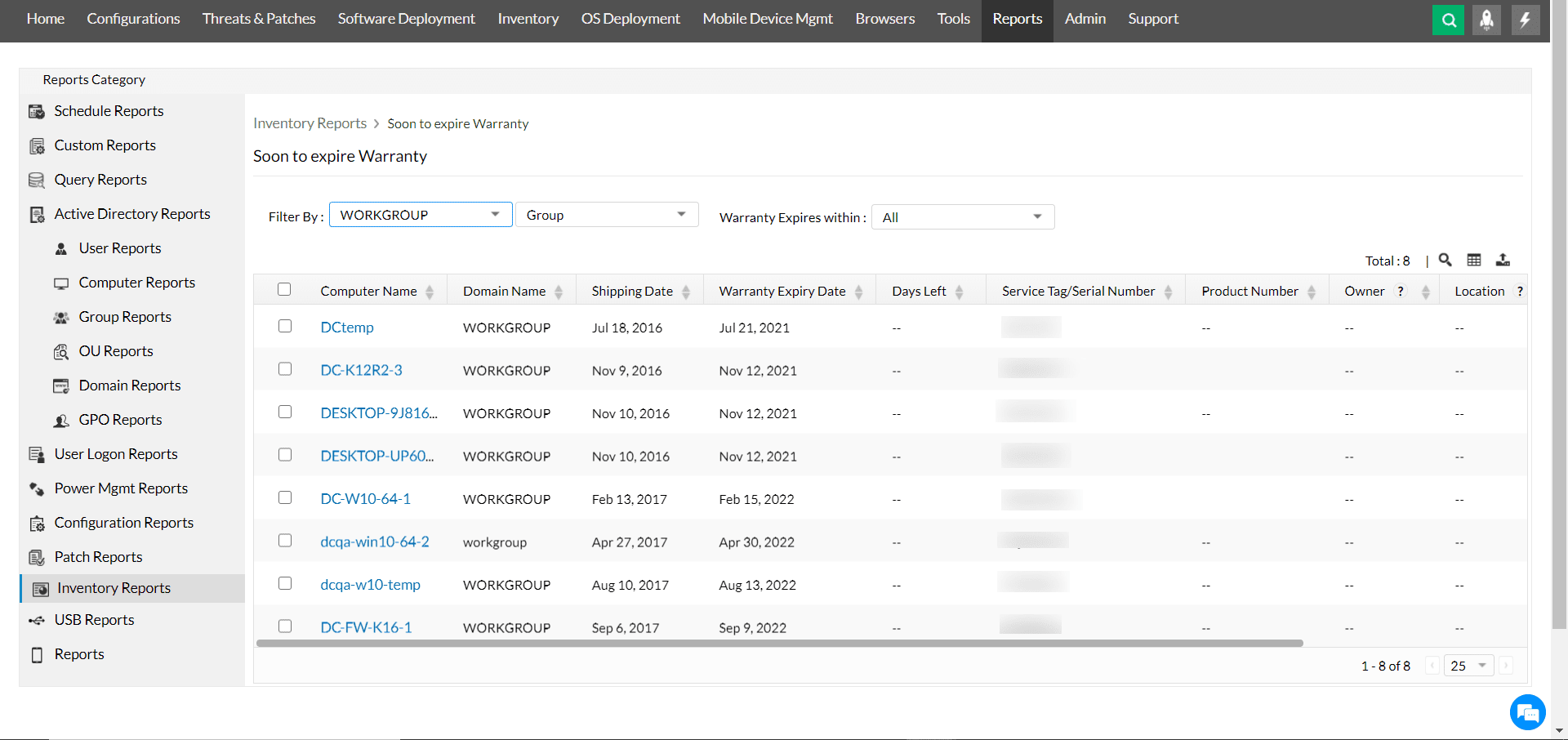
5.Meter your software usage
Are you paying for software nobody uses? Identify unused software licenses and reclaim wasted funds. This allows you to optimize software subscriptions and potentially switch to more cost-effective options. Free up funds for software that truly benefits your school.
Know how often a program is opened, how many users use it, and the amount of time users spend actively using the software.
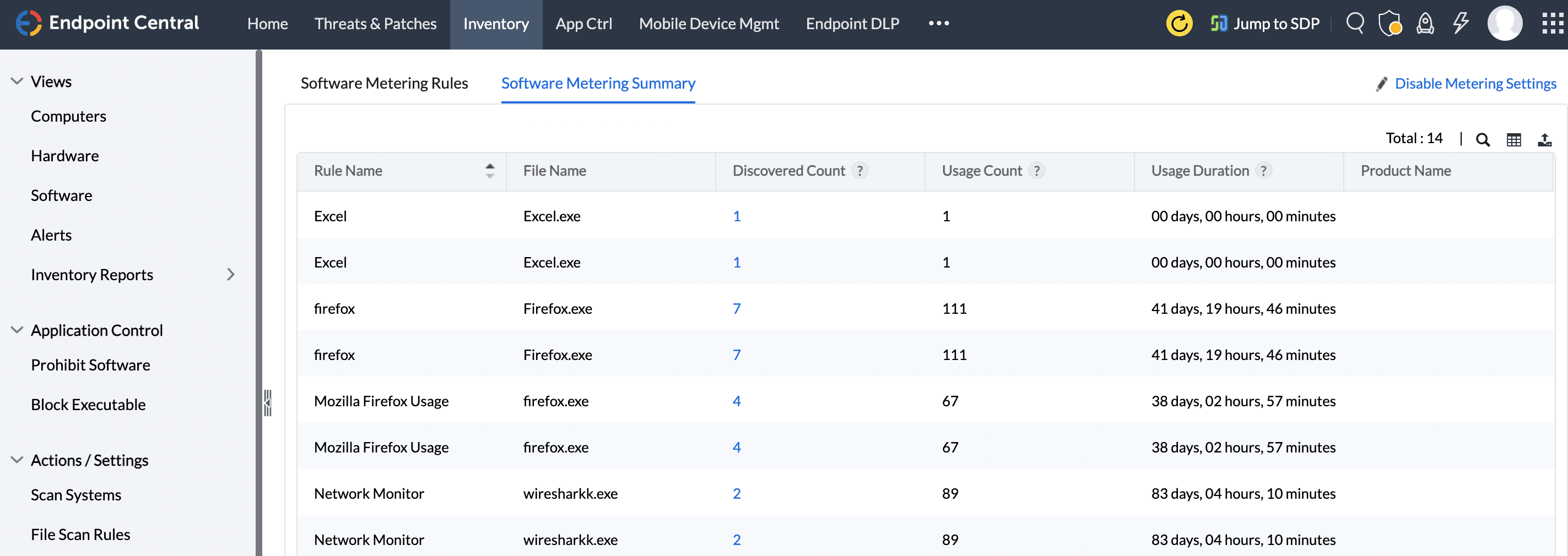
6.Apply power-saving settings to reduce energy consumption
Implement automated power-saving settings on devices across your school. This significantly reduces energy consumption, leading to substantial savings on your electricity bill.
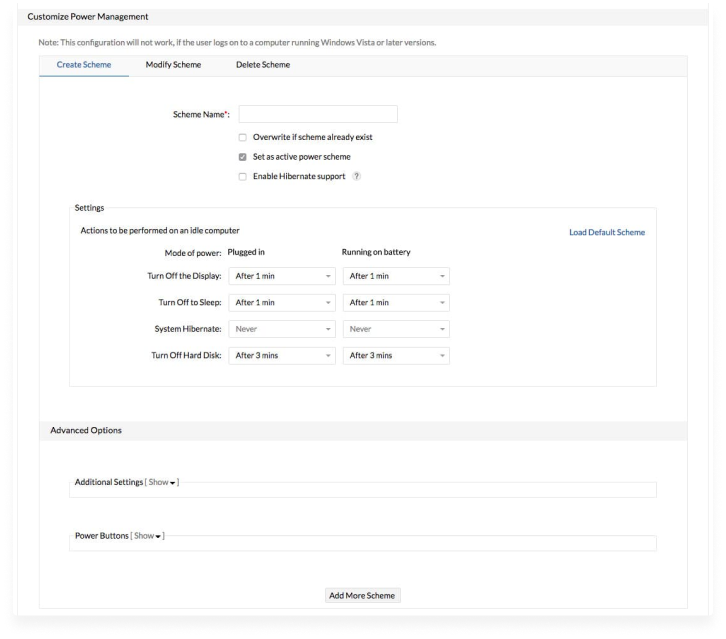
7.Keep IT service desk costs under control without sacrificing efficiency
Quickly identify and analyze common IT problems, allowing for the automation of solutions for frequently encountered issues. Proactively identify potential IT issues in their early stages and apply automated solutions to prevent them from escalating into service desk inquiries.
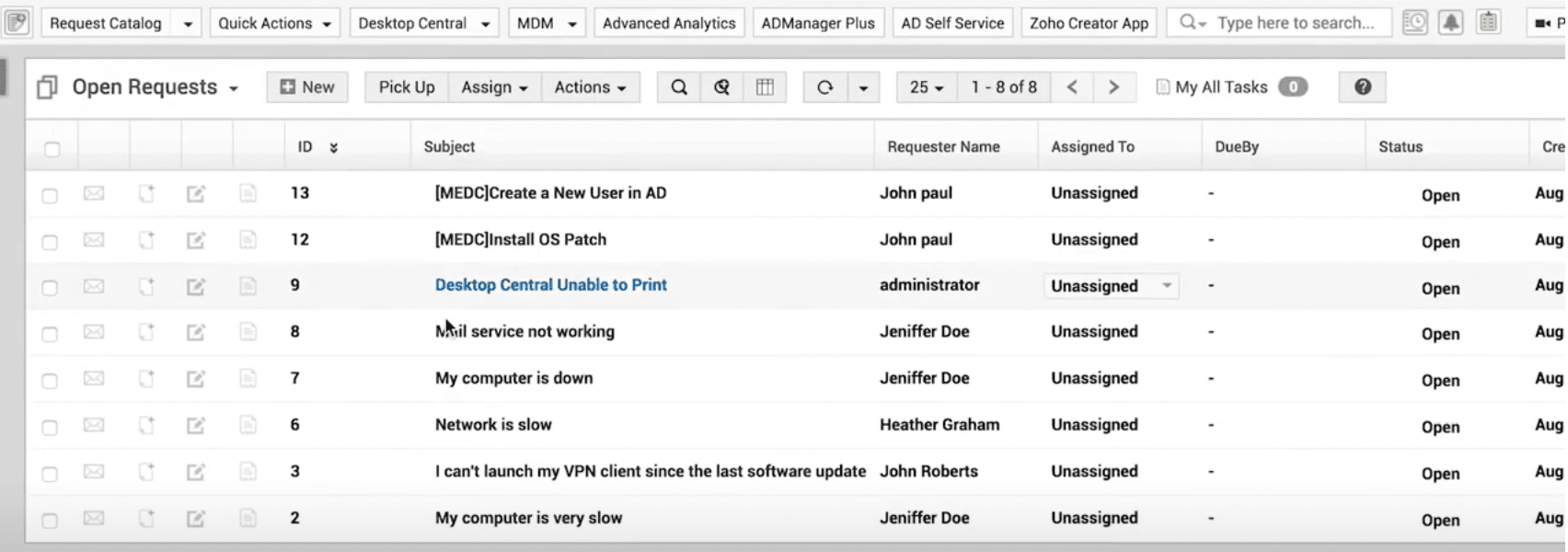
8.Encourage users to solve problems independently
A well-designed self-service portal allows users to find answers to common questions, troubleshoot basic issues, and access helpful resources. This empowers users to resolve problems independently, freeing up the IT service desk to focus on more complex issues. This saves youf time, effort, and money.
You can also publish software and patches to this portal from which staff and educators can download and install them based on their preference and convenience. For mobile devices, you can create an app repository in their devices from which they will be able to access only sysadmin-approved apps.
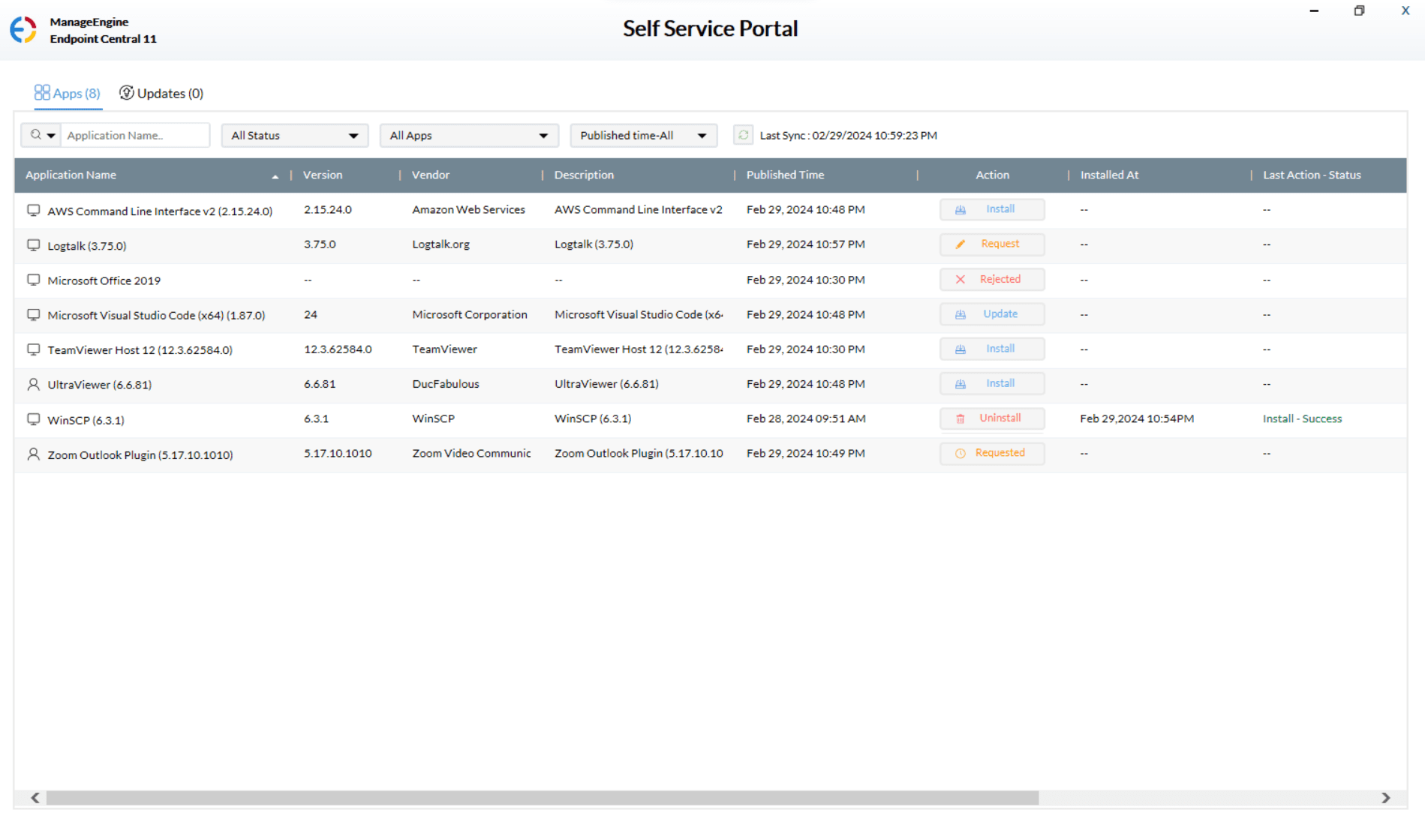
9.Reduce the need for additional equipment with BYOD
Endpoint Central facilitates secure integration of student and staff personal devices. This reduces the need for the school to purchase additional equipment, while still maintaining control over access and security. BYOD empowers employees to work from anywhere, at any time, as long as they have their device. This can be especially beneficial for remote workers or those with flexible schedules. Employees familiar with their devices may be more open to exploring new technologies and applications, potentially leading to innovation within the school. Robust security measures are essential to protect school data on personal devices. Implement DLP solutions to prevent sensitive information from accidentally being leaked or stolen from personal devices.
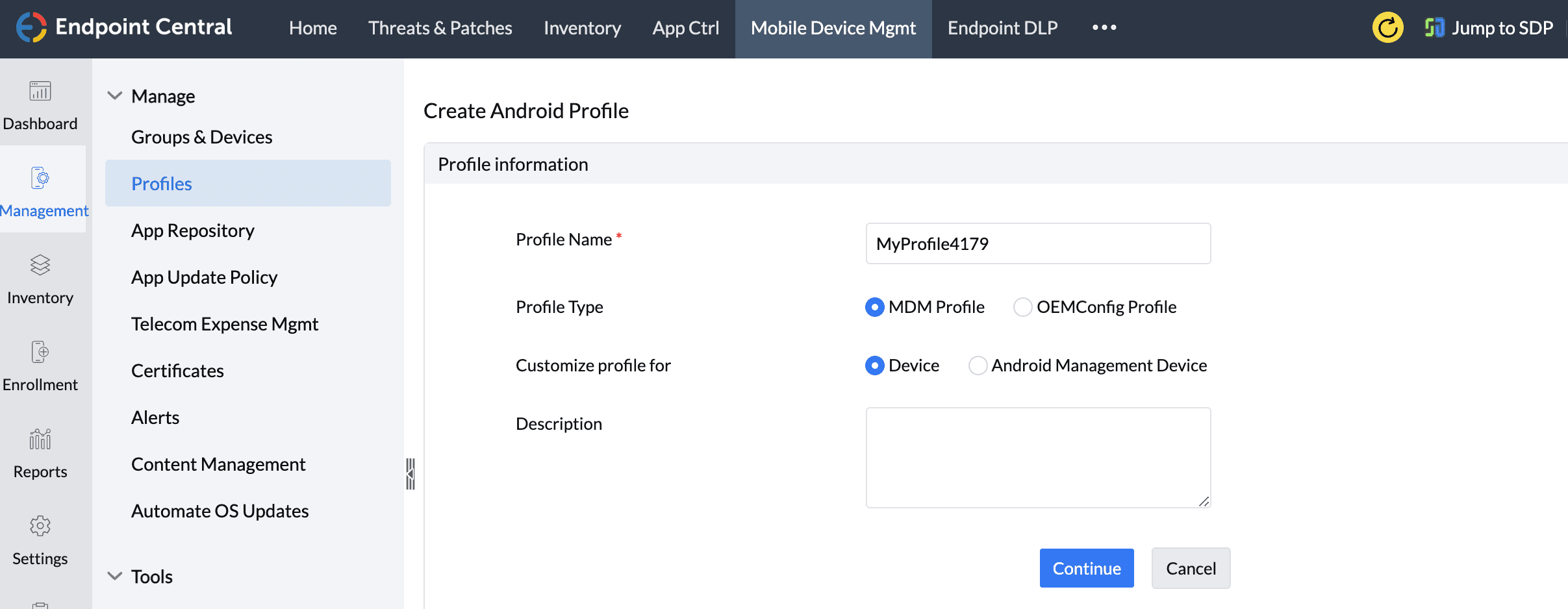
10. Prevent the financial impact of cyberthreats:
Cyberattacks can disrupt school operations, leading to lost productivity and revenue. This can be particularly damaging for schools relying on technology for online learning or administrative tasks. Data breaches and cyberthreats can lead to significant downtime and financial losses. By implementing robust security measures, you can significantly reduce the risk of such incidents and protect your school's data and finances.

With Endpoint Central, hidden costs can be significantly reduced through improved transparency and responsiveness, in addition to a well-managed network. By taking these proactive measures, you can streamline your budget, make smarter financial decisions, and allocate resources more effectively where they matter most – in supporting your students.











Trusted by your peers
"The deployment of the product was very quick, the solution is cost-effective, and the tech support is top-notch. I've used it for the past three years and I have become an ardent fan of Endpoint Central."
Sven Reyniers,
Systems Engineer, IT department.VUB, Brussel's top research university